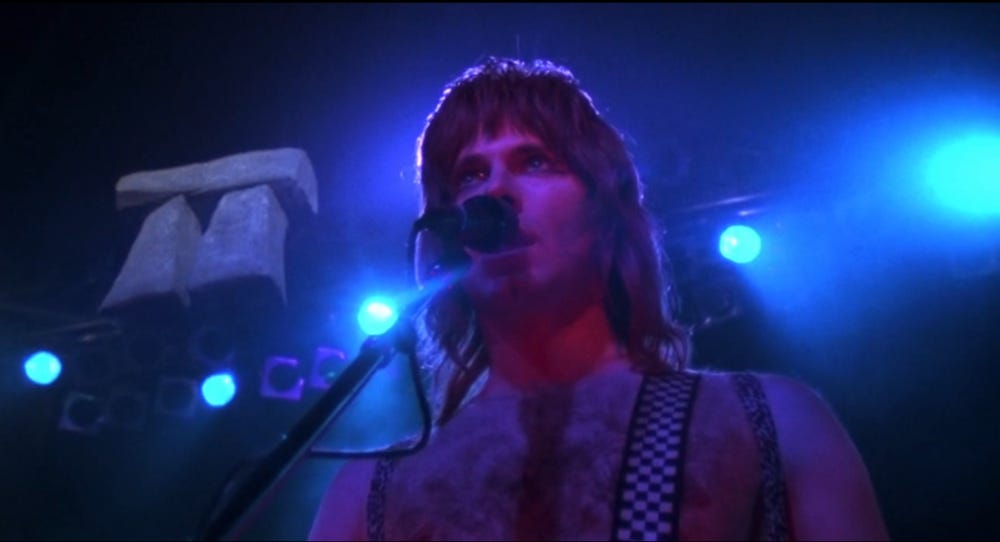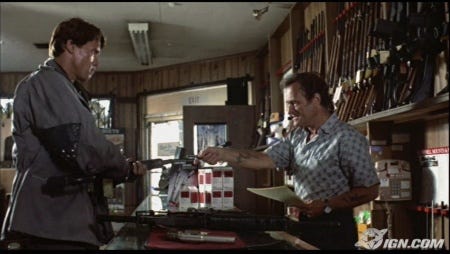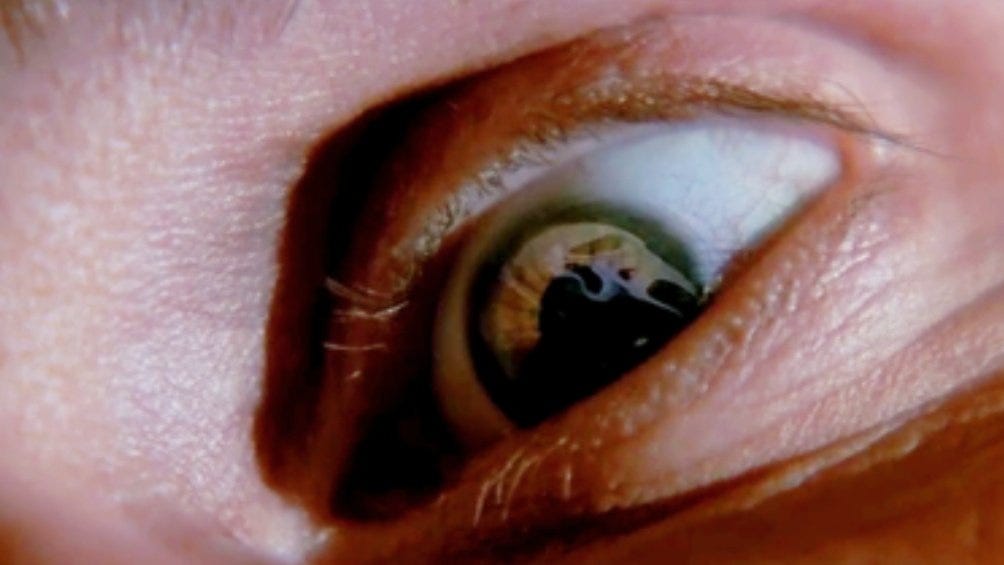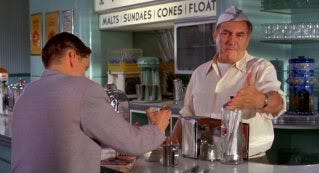In a film studio, a red light will be switched on and bell will be sounded before filming is about to happen, to inform people on-set to be quiet and for those outside the studio not to enter.
On Short People, Red light and Bell is excerpts from my film making diaries.
Today’s post is from 2001. I was working in central London as a freelance editor at a company which created television shows in the UK for broadcast in east Asia.
I used to dream what the year 2000 would be like. As it turned out, the UK was still in the grip of Lock Stock fever. Just as Reservoir Dogs had inspired a generation, Guy Ritchie’s mockney classic Lock, Stock and Two Smoking Barrels was still all the rage, a couple of years after its initial release. Even Ritchie served up seconds of gangster gravy in 2000’s Snatch.
I was asked at short notice to help out on a promotional trailer for what was going to be another drop of claret in the ocean of Cockney carry-on-a-carve-up movies.
The producer planned to film a snippet from their feature-length script and use it to secure financing for the main feature (these days they call it ‘proof of concept’). An advert for the film they intended to make.
After a phone call with the producer, I had the start time, location etc. I had agreed to be the sound man/boom op for the trailer - for free (for all the last-minute rush-rush, I figured it could be interesting). I arrived on location at an abattoir in south London around 7.30 am, as requested.
I'm the first person there.
An hour later, I'm still the first person there. Hmm. More time passed, and I had texted the unresponsive producer. Finally, the crew roll up in dribs and drabs; vans arrive and flight cases of equipment are unloaded.
I gritted my teeth and introduced myself to the producer - my point of contact. He thanked me for coming aboard at short notice and led me into the abattoir where piles of equipment were stacked up like an munitions dump. Honestly, I had never seen so much equipment in one place, and I used to work in a broadcast hire department. Flight cases of camera equipment, tripods, dollys, jibs, mics...
Like a Terminator reeling off his shopping list of Uzi 9mm's and Phased plasma rifles in the 40-watt range, the producer must have plucked every bit of equipment off the shelf. So why was I working for free, again?
Anyway, I grabbed a mic from a selection of FOUR (we were shooting indoors, at a single location). After some rummaging through stacks of cases, I found an SQN mixer... but there was nothing to record the sound on to.
I took a moment to question myself. Surely they hadn’t hired all of this stuff and forgotten the most vital piece of equipment (besides a camera)? I must have missed it amongst the piles of expensive technology. I searched around some more, becoming increasingly baffled.
I asked the producer how they were planning on recording sound - His response was to look at me, incredulous. So I asked again.
“How are you intending to record audio?”
"Well, you plug the mic into the camera!"
They were shooting on 16mm film.
After I explained that 16mm doesn't record sound, things suddenly got serious. It was a Sunday. Most hire companies were closed.
The producer fled the scene in search of a DAT machine whilst the camera crew rehearsed the single steady-cam shot, minus sound. I made a note of every sound I could hear, as I waited for my DAT machine.
I stood around for hours. I listened to the director explain the shot to the editor; how he wanted a close-up of the victim’s eye to reflect the face of the killer, just like in Scream. My eyes rolled for the fiftieth time as I checked my watch. Still no word on the DAT machine.
The camera eventually rolled for the fluid one-shot sequence through the abattoir. Darts player-turned-actor Bobby George was the star of the show, navigating his way around the maze of razor-sharp machinery, slicing through slabs of meat… until he reached a freezer. Inside was a quivering victim-to-be, bound and gagged.
Eight hours later, the producer returned with a DAT machine. The shoot was drawing to an end, so I quickly got the mic set up and ready to go. I re-created the route taken by the camera operator, recording all of the sounds (machinery whirring and slicing, freezer door opening etc.)…
… but all I could hear in my headphones was voices. People going home. Flight cases closing shut and loading into vans. Pizza orders were being shouted out. After the fifth time of calling for quiet, I managed one decent take of sound. Tired, fed up and desperate to go home, I handed the DAT tape to the director and scarpered.
Monday morning, my phone rang. It was the producer.
Producer: 'Where's the DAT tape?'
Me: 'I gave it to Herr Director.'
Producer: 'Oh...'
I didn’t hear from him again.
A long time later, I chanced upon the trailer online: Minus sound, with B-movie 'horror' music playing over the images. Needless to say, it did not sell the film at all.
So what can be salvaged from this experience?
Equipment: You do not need to spend a small fortune on equipment for your film. Do your research; understand exactly what you need and don't need. Don’t get a gadget fetish.
Sound: Bad sound will ruin your movie. No sound will result in dodgy library music.
Crew: Treat your cast and crew with respect, especially if they are working for free.
If you can afford to rent half of Soho’s broadcast equipment, you can pay expenses.









